Did you know? Just 0.63% of Google searches end with a click on page two results. That means almost everyone clicks a result on the first page—proof that mastering on-page SEO techniques isn’t optional but essential for success. Ready to uncover data-driven tactics and actionable strategies that can skyrocket your blog’s visibility and attract a flood of organic traffic?
Why On-Page SEO Techniques Are Critical: Surprising Data That Reshapes Blog Strategy
- Discover why on-page SEO techniques can impact up to 70% of a site's search engine ranking power , and why neglecting core page elements leads to missed organic traffic opportunities.
"Only 0.63% of Google searches result in clicks on page two. Effective on-page SEO techniques help guarantee your blog posts land on page one."
| SEO Focus Area | Estimated Impact on Search Rankings | Influence on Organic Traffic |
|---|---|---|
| On-Page SEO Techniques | ~70% | High (Direct content & structure improvements) |
| Off-Page SEO | ~30% | Moderate (Mainly from backlinks & domain trust) |

- Many assume only backlinks matter—neglecting page optimization and site structure costs ranking positions.
- It’s common to over-stuff keywords, but quality content and user experience now outweigh keyword density for search engine ranking factors.
- Some believe meta descriptions don't affect rankings — yet compelling snippets significantly boost click-through rates (CTR) .
What You'll Achieve By Mastering On-Page SEO Techniques
- Increased organic traffic
- Improved page SEO for all blog posts
- Optimized search engine crawlability
- Better content structure through headers
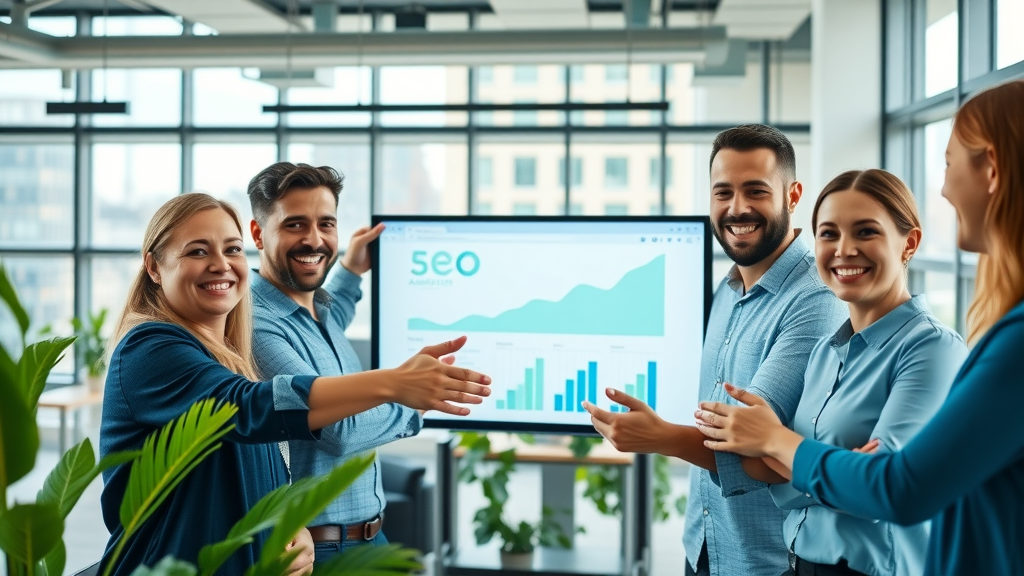
- Enhanced brand authority and visibility
Defining On-Page SEO Techniques: Essential Knowledge For Every Blogger
What is an on-page SEO technique?
- On-page SEO techniques involve optimizing individual web pages by refining elements such as meta descriptions, title tags , header structure, and internal link building. Practices also include enhancing content quality, optimizing images with alt text , and ensuring a logical internal linking structure that promotes better search engine crawlability .
- On-page vs. Off-page SEO : On-page approaches focus on the page itself—content, code, and structure, while off-page strategies revolve around external links and signals like social sharing.
- The evolution: On-page SEO techniques began with simple keyword stuffing and meta tag use but have evolved into holistic strategies encompassing user experience , mobile optimization, page speed , and advanced technical SEO factors.
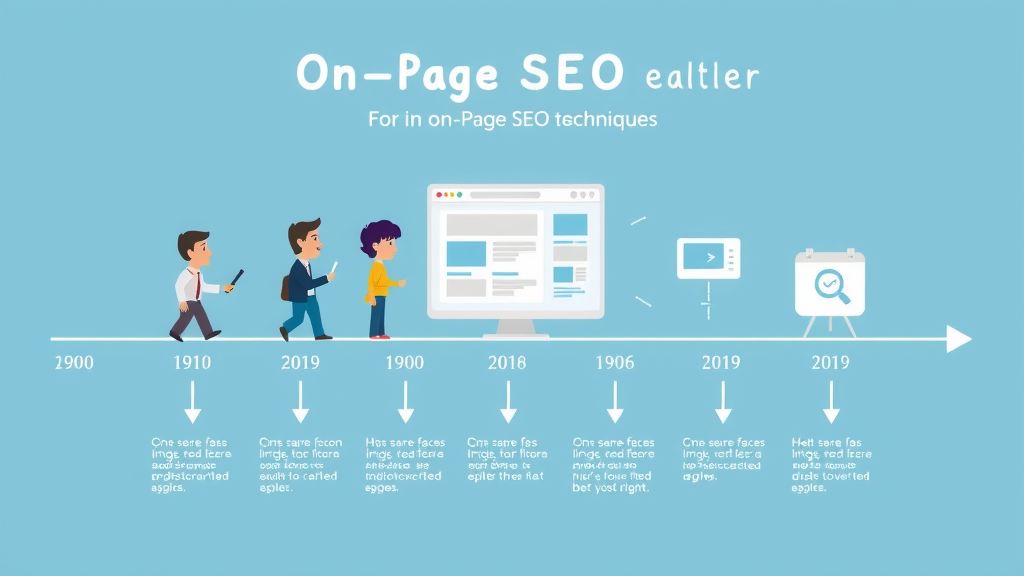
Core Principles of Effective On-Page SEO Techniques
The 80/20 Rule of SEO: Where to Focus for Maximum Results
- The 80/20 rule in SEO means that about 20% of your on-page efforts —such as optimizing title tags, header tags, target keywords, and meta descriptions —generate roughly 80% of organic traffic . Prioritize these for maximum page SEO impact .
- For example, improving a few key ranking factors like page load time, logical content headers, and internal linking often produces exponential gains in traffic and search engine positions.
- Understanding which tactics drive the most results lets you allocate resources more efficiently, outperforming competitors who don’t focus on these high-impact areas.
"Prioritizing key on-page SEO techniques amplifies your search engine ranking."
Conducting Keyword Research for On-Page SEO Techniques
Target Keyword Selection: Aligning With Search Intent
- Keyword research is the backbone of any successful on-page SEO campaign. Identifying target keywords shapes your blog post structure and ensures your content matches visitor search intent .
- Understanding user intent—whether informational, transactional, or navigational—guides you in choosing the most suitable keywords and optimizing every element for relevance and reach within search engine results .

Competitor Analysis: Benchmarking Against High-Ranking Pages
- Tools like SEMrush, Ahrefs, and Moz enable you to analyze competitor pages, revealing the target keywords their high-performing blog posts leverage and the page SEO elements they optimize.
- Benchmarking your blog structure, keyword choices, and meta descriptions against top-ranking pages uncovers both gaps and opportunities for improvement.
- Keep track of which page SEO techniques competitors use most effectively—such as header organization or strategic internal linking —and adapt your strategy for a ranking edge.
| Step | Action | Example |
|---|---|---|
| 1 | Brainstorm Core Topics | SEO for bloggers |
| 2 | Identify Target Keyword | on-page SEO techniques |
| 3 | Assess Search Intent | Ranking blog posts |
| 4 | Analyze Competitors | Review their meta description, header tags, content length |
| 5 | Refine Keyword Choices | Add related terms: meta description, internal linking |
Optimizing Title Tags, Meta Descriptions, and Headings With On-Page SEO Techniques
Crafting Compelling Title Tags and Meta Descriptions
- Meta descriptions and title tags don't just boost rankings; they directly influence your blog post’s click-through rate on the results page.
- Optimizing these elements ensures that every search engine sees your content as both relevant and engaging—while users are enticed to click once you appear on page one.
- Place the target keyword at the start of the title tag and within the meta description for page SEO.
- Keep both concise— title tags under 60 characters, meta descriptions under 160 characters for optimal display in search results.
- Incorporate action words and a unique selling point to improve click-throughs and differentiate your web page in crowded SERPs.
- Use relevant secondary keywords to reinforce context and attract a broader audience.
- Test and refine regularly by tracking performance in analytics dashboards to see what resonates best for your specific niche or audience.

Structuring Headers (H1–H6) for Maximum Readability and SEO Impact
- Use a single H1 for your post’s main topic. Organize supporting ideas into H2 and H3 headlines, while employing H4 or lower for granular subpoints—structuring your blog post for both search engines and human readers.
- This clear structure increases SEO rankings by clarifying topical relevance and improves user experience by making content easier to scan and digest.
- Every header should naturally include variations of your target keywords , enhancing page optimization without sounding forced.
Content Creation: Quality Content as the Heart of On-Page SEO Techniques
Crafting Quality Content: Fulfilling Search Intent
- Simply posting more often isn’t the answer— quality content stands out. Ensure every blog post answers real user questions and delivers deeper value than competitors.
- To rank higher in search engine results, map each post to specific search intent stages: awareness, consideration, or decision. Fulfill expectations thoroughly within your content to drive engagement and lower bounce rates.

Using Target Keywords Naturally Across Blog Posts
- Sparingly integrate target keywords in headers, opening paragraphs, and near the conclusion for best on-page SEO techniques impact.
- Avoid forced repetition. Instead, employ synonyms and semantically related phrases for organic flow and comprehensive content coverage.
- Use keyword variations in alt text, meta descriptions, and internal links to bolster contextual signals for search engines.
"Well-structured content with the right on-page SEO techniques attracts both search engines and readers."
Image Optimization: Alt Text, File Names, and Page Speed for On-Page SEO Techniques
Powerful Alt Text and Image Naming Conventions
- Use descriptive alt text for each image—accurately reflecting the content and including relevant target keywords where natural. This helps search engines interpret visuals for SEO and boosts accessibility.
- Choose precise, hyphen-separated file names (e.g., on-page-seo-techniques-example.jpg ) to reinforce context on your web page.
- Optimized images increase the likelihood of ranking in image search and contribute to higher overall page SEO performance.
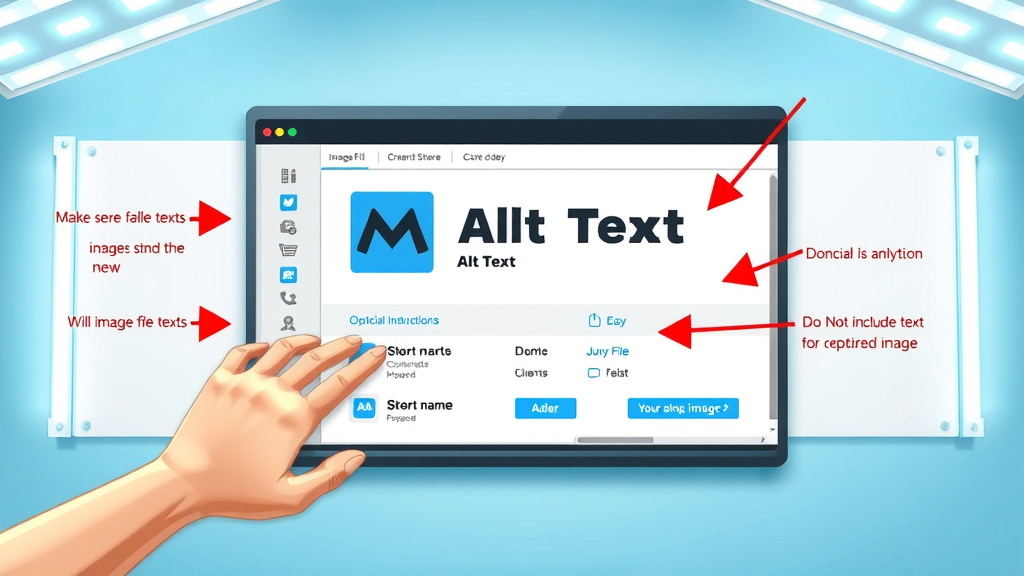
Page Speed Optimization: Compressing Images for a Faster Blog
- Fast-loading pages are a critical ranking factor and user experience booster. Compress images without losing quality, use modern file types (WebP), and enable lazy loading for page speed improvement.
- Monitor and regularly audit your web pages with tools like Google PageSpeed Insights or GTMetrix to keep load times under three seconds for optimal results.
- Remember, every second shaved off load time can significantly reduce bounce rates and improve your search engine results.
Internal and External Links: Strategic Linking for On-Page SEO Techniques
Internal Linking Best Practices
- Building a logical internal links structure guides visitors and search engines throughout your site, amplifying page SEO while improving crawlability and page authority.
- Link from high-traffic posts to underperforming but relevant content to funnel link equity and keep users engaged longer on your blog.
- Balance between navigational and contextual internal linking to preserve a natural flow and maximize both SEO and user value.
Anchor Text Optimization
- Use descriptive yet concise anchor text —the clickable word or phrase in a link that informs users and search engines about the target page's content.
- Prioritize relevance over keyword stuffing; anchor text should match the destination's topic to maintain reader trust and enhance SEO signals.
- Vary anchor phrases to avoid triggering over-optimization penalties and create a diverse internal and external linking profile.
External Links: Building Trust and Authority
- Incorporate external links to reputable sites in your niche—these validate your content’s credibility and can improve rankings by associating your blog with trustworthy resources.
- Use the rel="nofollow" attribute for promotional or nonessential links to keep equity on your own site and prevent spammy associations.
- Regularly check for broken external links to maintain a healthy, authoritative web page that search engines reward.

Technical On-Page SEO Techniques: The Overlooked Boosters
XML Sitemaps, Robots.txt, and Technical SEO Essentials
- Technical SEO elements like XML sitemaps and robots.txt directly influence how search engine bots crawl and index your blog posts. Ensure each page is both discoverable and properly categorized for maximum reach.
- Your technical SEO checklist: validate the presence of an updated XML sitemap, review robots.txt directives, fix crawl errors, use canonical tags, and ensure content renders identically for users and bots.
- Testing your blog with tools like Screaming Frog uncovers hidden technical issues so your pages remain primed for indexing and ranking.

Mobile Optimization: Ensuring Responsive Page Design
- Mobile-first indexing makes responsive design non-negotiable. A mobile-friendly blog delivers a consistently fast, easy user experience and benefits from higher search engine rankings.
- Test every web page with Google’s Mobile-Friendly Test, use responsive themes, and optimize font sizes, button spacing, and navigation for handheld devices.
- Since more than half of all web searches now happen on mobile, mobile optimization is one of the most cost-effective on-page SEO techniques to rank higher in 2024 and beyond.
Leveraging Social Media and User Engagement for On-Page SEO Techniques
Integrating Social Media Sharing to Amplify Blog Visibility
- Include seamless social media sharing buttons on every post; this makes it easy for readers to amplify your content’s reach, indirectly boosting SEO by attracting new clicks and links.
- Research shows that highly shared blog posts tend to earn more backlinks and citations, two important ranking factors for modern page SEO.
- Craft catchy meta descriptions and open graph tags to entice more shares and engagement on platforms like Twitter, LinkedIn, and Facebook.

Encouraging User Comments and Engagement
- User comments, shares, and on-site interactions are positive signals to search engines that your content is valuable and engaging.
- Ask open-ended questions, reply to readers, and foster community discussions beneath every blog post. Each new comment adds fresh content, keeping the page active in search engine indexes.
- Track engagement metrics in your analytics dashboard and iterate on successful tactics to further boost user participation and blog visibility.
Advanced On-Page SEO Techniques to Rank Higher in 2024
Schema Markup and Structured Data for Rich Results
- Schema markup adds structured code to your HTML, helping search engines understand content context and produce rich results (snippets like ratings and FAQs).
- Implementing schema can skyrocket CTR by making your listings more visually appealing and informative on engine results pages.
- Use tools like Google's Structured Data Markup Helper to add review, article, or FAQ schema for blog posts, increasing the chance of enhanced listings.

Topic Clusters and Pillar Pages
- Organize your blog content using topic clusters : a main pillar page that targets broad, high-volume keywords, surrounded by related supporting articles linked together via contextual internal links .
- This structure signals deep coverage of a subject to search engines, helping you rank high for competitive keywords.
- Build out clusters to cover all aspects of your niche, constantly updating and interlinking new posts for compounding SEO benefits.
Measuring Success: Analytics and KPIs for On-Page SEO Techniques
Tracking Organic Traffic and Ranking Improvements
- Use analytics tools like Google Analytics and Google Search Console to monitor organic traffic trends, search engine position changes, and the impact of on-page SEO techniques over time.
- Track metrics including bounce rates, average session duration, number of indexed pages, and positions for your most important target keywords.
- Review these KPIs monthly to spot trends, diagnose sudden drops, or celebrate surges in blog visibility.
Refining Your Strategy Based on Performance Data
- SEO is never “set and forget”—review blog post performance data and refine underperforming content with improved meta descriptions, stronger internal linking, and updated target keywords .
- Establish a feedback loop where lessons from every new post inform improvements across your content strategy, keeping your blog agile as search engine algorithms evolve.
- Consistent small tweaks using fresh data help blogs continually rank higher in the results page and maintain an edge over stagnant competitors.
| KPI | What It Tracks | How It’s Measured | Actionable Insight |
|---|---|---|---|
| Organic Traffic | Number of non-paid visits from SERPs | Google Analytics: Acquisition → Overview | Adjust strategy if growth slows |
| Rankings | Page positions for target keywords | Search Console: Performance → Queries | Optimize lagging keywords/posts |
| Bounce Rate | Single-page sessions | Analytics Engagement metrics | Improve content & page speed to reduce |
| CTR | Click-through rate from search results | GSC: Performance → Queries/Pages | Rewrite meta titles/descriptions |
People Also Ask: Critical On-Page SEO Questions Answered
What is an on-page SEO technique?
- On-page SEO techniques are the optimizations made directly on individual web pages—including content, HTML source code, and structural elements—to achieve higher search engine rankings and attract relevant organic traffic.
What is the 80 20 rule of SEO?
- The 80/20 rule in SEO refers to the notion that 20% of your SEO efforts (such as targeting primary keywords and optimizing core on-page elements) will bring in 80% of your organic search results.
What is on-page technical SEO?
- On-page technical SEO involves optimizing the backend elements of your website—such as schema markup, page speed, XML sitemaps, and mobile responsiveness—to enhance search engine crawlability and user experience.
What are the key elements of on-page SEO?
- Key elements include title tags, meta descriptions, header tags, keyword-optimized content, internal and external links, image alt text, mobile-friendliness, and page speed.
Frequently Asked Questions About On-Page SEO Techniques
-
How often should I update on-page SEO for blog posts?
It’s best to review and refresh your key optimized elements—like title tags, meta descriptions, and internal links—at least every three to six months or after major algorithm updates. New keyword trends and changes in search intent often emerge, so regular updates help maintain relevance and keep your page SEO performance strong. -
How do on-page SEO techniques interact with off-page strategies?
On-page SEO techniques lay the foundation for search engine understanding and ranking, while off-page efforts like link-building and social media promotion reinforce authority and visibility. Both are vital; strong on-page SEO ensures that the visibility you gain through off-page work leads to concrete ranking improvements. -
What tools simplify page SEO for beginners?
Beginner-friendly options like Yoast SEO (for WordPress), Google Search Console, and MozBar offer step-by-step recommendations for optimizing meta descriptions , title tags , and structure, making technical aspects more accessible for bloggers new to SEO.
Proven On-Page SEO Techniques Checklist: Ensuring Comprehensive Optimization
- Conduct in-depth keyword research and understand search intent.
- Benchmark competitors’ blog post structures for content gaps.
- Optimize title tags and meta descriptions with natural target keyword placement.
- Structure content using clear H1–H4 headings including target and secondary keywords.
- Write comprehensive, quality content that fulfills user needs.
- Add descriptive alt text and keyword-rich image filenames.
- Compress images and enable browser caching to enhance page speed .
- Develop logical and strategic internal links within blog posts.
- Link to authoritative external links where relevant.
- Implement schema markup for rich results in search engine results pages.
- Confirm mobile responsiveness and regularly test for page speed and usability.
- Monitor analytics, track KPIs, and refine on-page SEO techniques monthly.
Case Studies: Blogs That Transformed With On-Page SEO Techniques
Example 1: Increased Organic Traffic by 300%
After implementing a comprehensive on-page SEO overhaul—focusing on title tag optimization, rewriting meta descriptions, building out topic clusters, and improving internal links—one mid-sized blog saw its organic traffic surge by 300% over just six months. They paired robust technical SEO corrections with keyword mapping for every blog post, boosting both page SEO and user engagement.
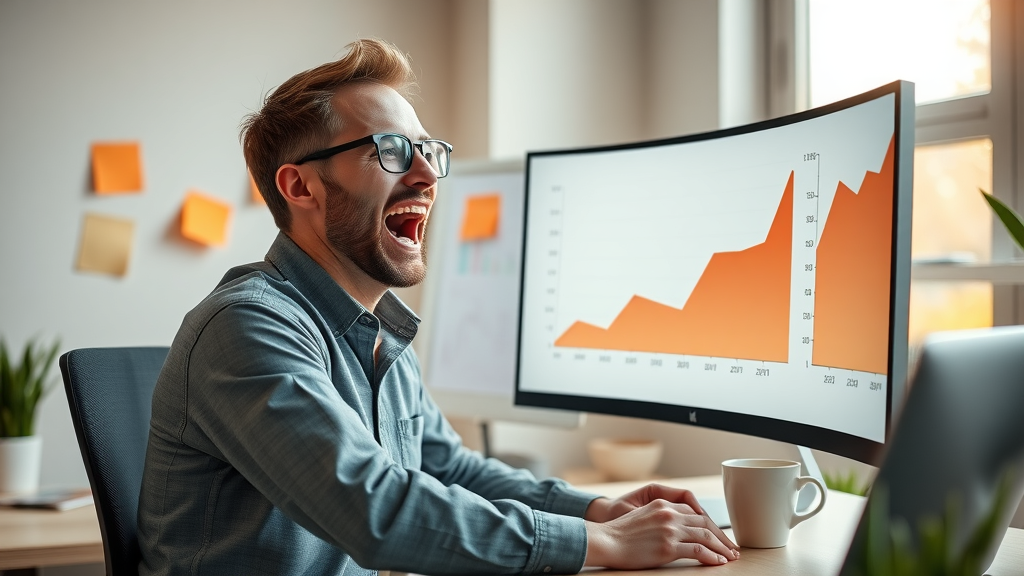
Example 2: Achieving Page One for Highly Competitive Keywords
A finance blogger targeted “best budget apps” by restructuring their blog page with optimized H1, H2, and H3 tags, unique meta descriptions, enriched anchor text within internal links, and topical authority via parent pillar pages and supporting content clusters. They reached page one rankings within three months, resulting in a sharp increase in organic clicks and qualified leads.
Expert Quotes: Insights on On-Page SEO Techniques
"Page SEO is a moving target—continually evolving as search engine algorithms get smarter." – Industry SEO Expert
"The real secret to ranking higher lies in mastering the foundational on-page SEO techniques that don't change with trends." – Leading SEO Agency
Video Tutorial: Step-by-Step On-Page SEO Techniques for Blogs
- Watch this embedded video for a hands-on walkthrough from keyword research to publishing, ensuring every blog post features top-tier SEO foundations.
- Highlights include using optimized anchor text, crafting meta descriptions, and creating robust internal links in realistic blogging scenarios.
Video Analysis: Real-World Results From Implementing On-Page SEO Techniques
- See a before-and-after SEO performance review in this video showcasing real blog posts that surged in visibility and rankings after applying comprehensive on-page SEO techniques.
Final Thoughts and Next Steps for Mastering On-Page SEO Techniques
- Apply these actionable tactics—from technical SEO to semantic content structuring—using high-impact data as your guide. Consistency is key: routinely optimize every new and old blog post. Mastering on-page SEO techniques now gives you a competitive advantage for years to come.
Accelerate Content Velocity With Stratalyst AI: Redefining Search Engine Visibility
- As AI powers visibility, traditional SEO becomes less and less valuable. Blogging is the new visibility, and content velocity is the key to its leverage. Learn more with Stratalyst AI at https://stratalystai.com .
 Add Row
Add Row  Add
Add 

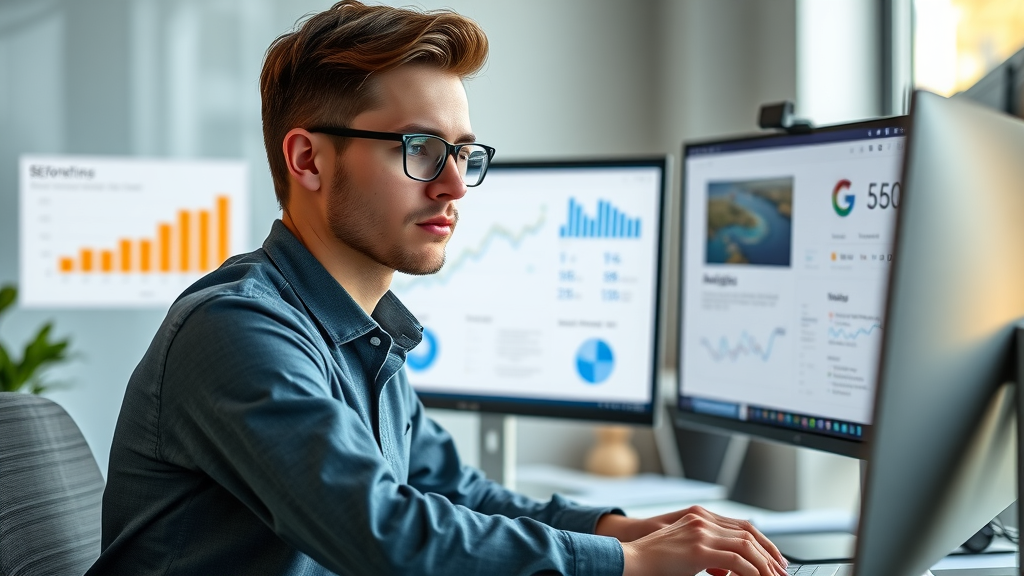


Write A Comment